Myths and truths about high blood pressure headaches
If you’ve been experiencing a headache and think it could be connected to your blood pressure, think again. In most cases, high blood pressure produces absolutely no symptoms. That’s why hypertension is called the ‘silent killer.’ Many people don’t even know they have high blood pressure but even so, it can lead to heart attack or stroke.
It is recommended to have your blood pressure readings taken regularly, as high blood pressure is considered a type of cardiovascular disease that does need treatment. However, there are a few cases where headache and blood pressure may be connected. So today we’re here to clear things up.
We’ll talk about situations related to high blood pressure induced headaches, common symptoms when you should seek medical help, several myths and truths, and tips on managing your blood pressure at home.
Hypertension Headache
When researchers have conducted large population studies, they have found an association between high blood pressure and headache, particularly high systolic pressure (the top number). However, according to the American Heart Association (ADA), in most cases, high blood pressure does not cause headaches. Remember, an association does not mean causation.
Other research studies support ADA’s view, that high blood pressure is not the cause of a headache. For instance, out of 4.8 million hospital visits, 3.7% of people complained their primary symptom was headache. But overall, lowering blood pressure was not shown to influence their headache symptoms, which means in most cases, people’s headache symptoms are due to another issue besides high blood pressure.
But, there is one common circumstance a person may experience a high blood pressure induced headache, and that is when there is an acute rise in blood pressure that leads to ‘hypertensive crisis’.
A hypertensive crisis is when systolic blood pressure is above 180 mmHg and diastolic is above 110 mmHg (180/110).
Aside from a hypertensive crisis, the only other documented medical conditions associated with blood pressure and headache are in patients with pheochromocytoma, hypertensive encephalopathy, preeclampsia and eclampsia, and autonomic dysreflexia.
What does a high blood pressure headache feel like?
A hypertension crisis headache is usually bilateral, meaning it affects both sides of the head, most commonly in the temple regions. Because severely high blood pressure is pulsing through the body at an increased rate, the head pain sensation is often accompanied by a pulsating sensation in the temple region.
Advertisement
Watch How Mark Lowered His Blood Pressure Naturally. It was 150/100, this morning it was 110/79
Watch Video
If you have pain in the temple region that is accompanied by high blood pressure, you should seek medical help, especially if you have blood pressure above 180/110 – this is considered a hypertensive emergency.
In the majority of cases, once blood pressure is normalized, the headache usually dissipates. The symptoms for hypertension headaches associated with other medical conditions, such as those mentioned above, often have additional symptoms such as confusion, lethargy and visual disturbances, among others.
Myths and truths about high blood pressure headache
Myth: Nosebleeds, facial flushing, blood spots in the eyes and dizziness are caused by high blood pressure
Truth: Nosebleeds, facial flushing, headaches, anxiety and shortness of breath may be experienced in a ‘hypertensive crisis.’ But if you have any of the above symptoms long term, it is unlikely they are caused by high blood pressure.
However, your symptoms should not be ignored because they could indicate another medical problem.
Myth: High blood pressure causes migraine headaches and can increase the risk of stroke.
Truth: There is evidence that shows a link between migraine and stroke. The research indicates that people who have a migraine with aura are at increased risk of stroke.
There also seems to be a higher risk for migraine sufferers to have high blood pressure. However, even though the two symptoms are often connected, high blood pressure has not been found to be the cause of migraines.
Myth: I don’t need to see a doctor if I have headaches.
Truth: Having frequent headaches or migraines is not normal so you should seek medical advice because it could be an indicator of more serious health problems. This is especially the case if you are over 50 years old and have new onset of headaches. Don’t leave it to chance, all it takes is a visit to the doctor to ensure your health is safe.
Myth: People with high blood pressure will experience symptoms like nervousness, sweating and difficulty sleeping.
Truth: High blood pressure often has no physical symptoms. That’s why it’s called the silent killer.
When to seek medical help
If you take your blood pressure and get a reading of 180/110, wait 5 minutes and take your reading again. If your second reading is still high, seek immediate medical attention.
Untreated high blood pressure at these levels can lead to damage of blood vessels, organ damage and kidney problems, heart attack and stroke, and other adverse health problems.
Blood pressure medication can cause headaches
One thing to keep in mind is that the side effects of some blood pressure medications is headache.
Medications known for producing these side effects include ACE inhibitors, alpha-blockers, angiotensin II receptor blockers, and calcium channel blockers.
Always discuss any medication side effects with your doctor, as there are always other options that can be explored.
Advertisement
Watch how Julie Lowered her Blood Pressure Naturally. It was 170/110, this morning it was 120/80
Learn More…
Managing high blood pressure at home
Whether science ‘proves’ it or not, you may still believe your headaches are worse when your blood pressure is high. And certainly, if you have frequent migraines it may increase your risk of blood pressure or stroke.
Regardless of the situation, one thing we know is that high blood pressure is fairly common. And the best solution for anyone is to either: 1) lower blood pressure; 2) manage blood pressure so it stays within a healthy range over the long term.
And thankfully, there’s a lot you can do using natural means at home.
Use these 5 strategies to help you maintain or get back to healthy blood pressure:
- Exercise for 30 minutes most days.
- Eat a healthy diet with a focus on quality, whole food sources.
- Aim to achieve a healthy BMI.
- Focus on eating less packaged and processed foods and more natural, whole food sources to achieve a better sodium/potassium balance.
- Use RESPeRATE at least 4 times per week – it’s a clinically proven device for natural blood pressure control.


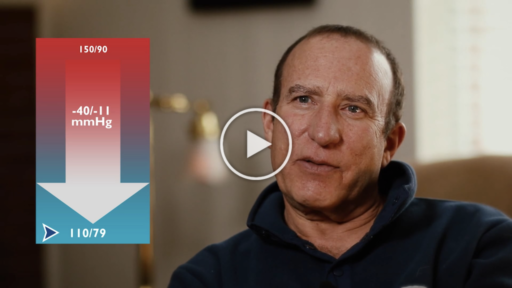
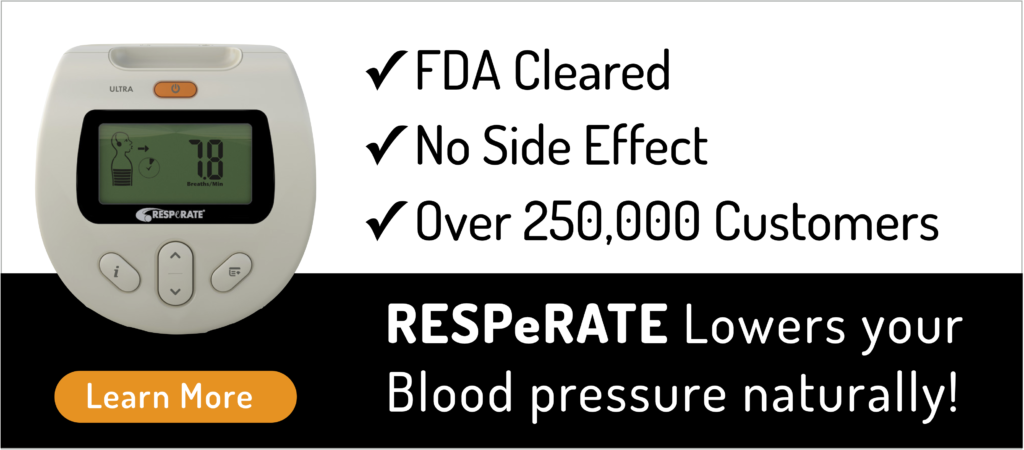

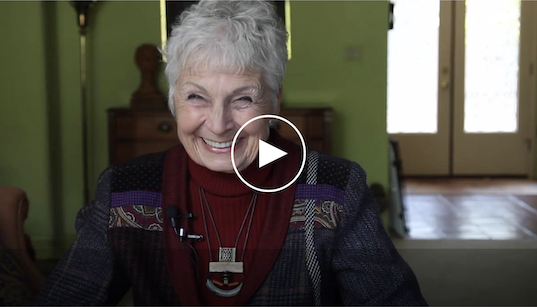

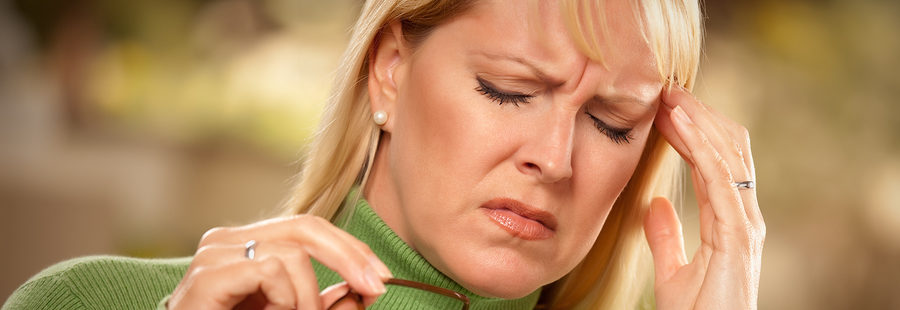

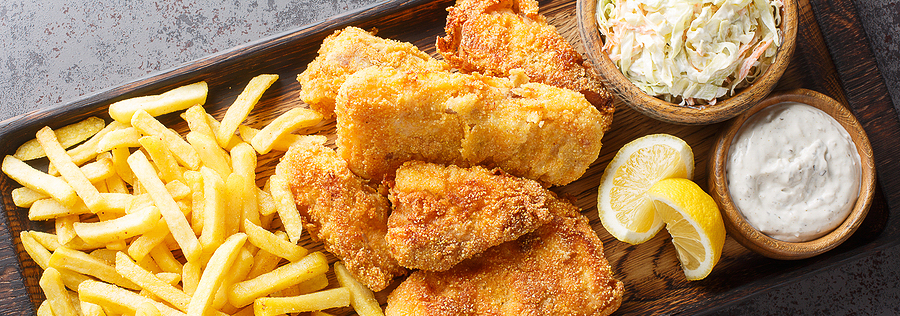


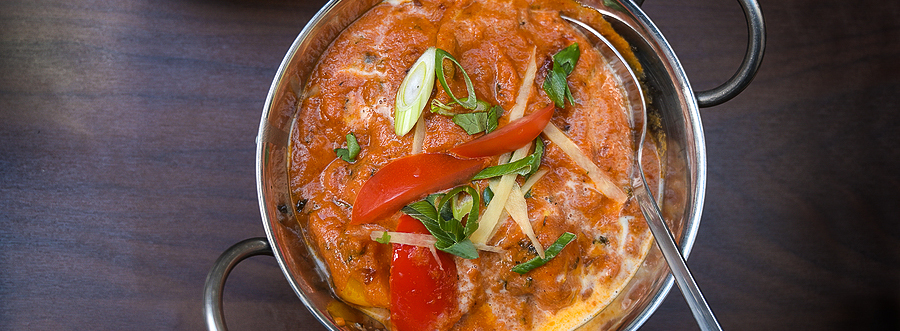
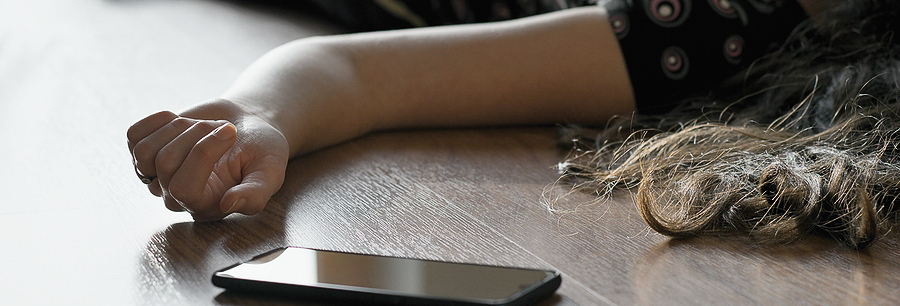

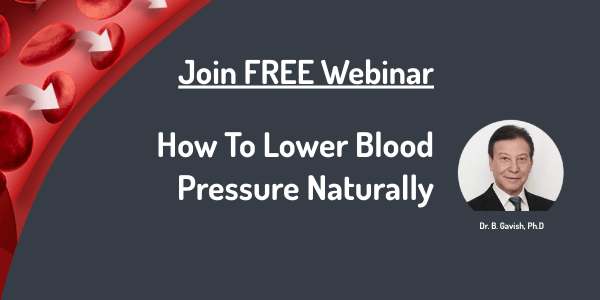


 Download Brochure
Download Brochure